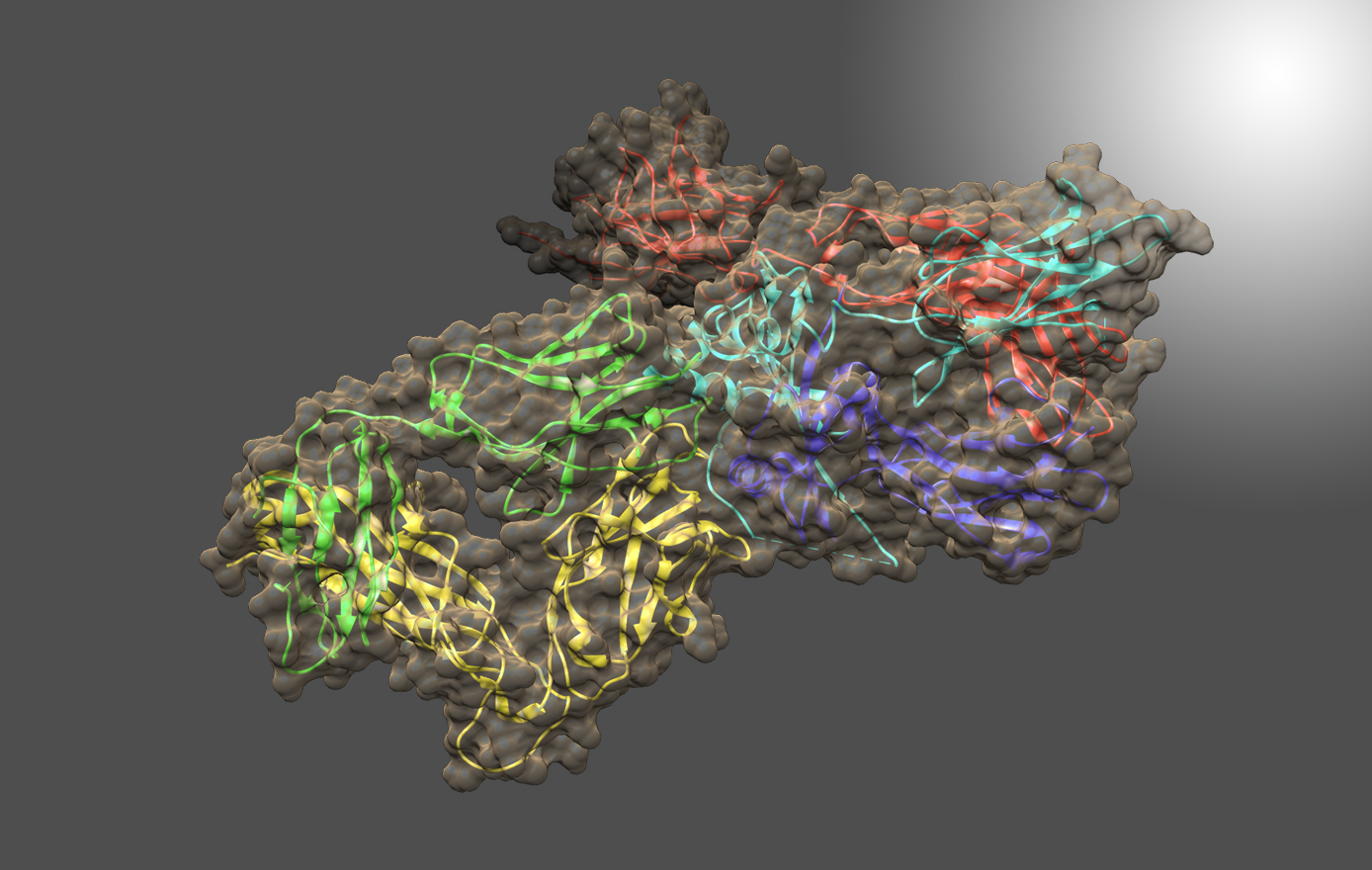Postdoc Candidate Seminar: "Understanding the relationship between local environmental changes and the function of the membrane-active peptide pHLIP, the signalling protein RAS and the tumour suppressor DIRAS3"
Event Type:
IBBR Seminar Series
Contact Person:
Nicole Tenly
Event Info
Date:
Friday, June 10 2022 - 11:00am to 12:00pm
Location:
Virtual
Event Details
Description:
Cancer is the second leading cause of death worldwide, with an estimated 1.9 million new cases per year in the US alone. The pH Low Insertion Peptide (pHLIP) spontaneously folds and inserts into lipid membranes under acidic conditions. This pH-dependence takes advantage of acidic microenvironments surrounding cancer cells and makes pHLIP an ideal candidate for targeted drug delivery. pHLIP can exist in 3 different states based on environmental conditions: intrinsically disordered in solution (state I), bound to the surface of the cell membrane (state II), and inserted as a transmembrane helix at acidic pH (state III). While the insertion mechanism of pHLIP has been thoroughly studied, the details of its exit mechanism, and its effects on membrane dynamics remain unclear. I will present mechanistic data on the initial stages of membrane exit of pHLIP and how the lipid bilayer is affected by the insertion of pHLIP. Separately, I will discuss the signalling protein RAS and its effector RAF kinase. RAS is a membrane protein that is part of the signalling cascade responsible for cell growth. Mutations in RAS account for 20% of all cancers. These mutations inhibit RAS’s ability to switch off, leading to uncontrolled growth in cancer cells. I will show that binding to RAF constricts RAS’ orientation with respect to the membrane, and that simulations predict RAS-RAS interactions lack site specificity, suggesting that RAS does not form contact-based, interface-specific dimers (as has been proposed as a mechanism for RAF kinase activation). Finally, I will talk about my current work at UTHealth on understanding the interactions between the DIRAS3 protein, a tumour suppressor that is part of the RAS family, and the membrane. Although DIRAS3 is 60% homologous to RAS, it possesses an N-terminus extension (NTE) that acts as a second membrane anchor for the protein and is hypothesised to be the reason for the difference in functionality compared to RAS. However, not much is known about the NTE in itself. I will show that the secondary structure adopted by the NTE and its anchoring behaviour is dependent on lipid composition. This research highlights the utility of molecular simulations in studies of protein-membrane interactions with the goals of (a) delivering drug-like cargoes into cancer cells, and (b) disrupting the signalling cascades responsible for cancer growth.
